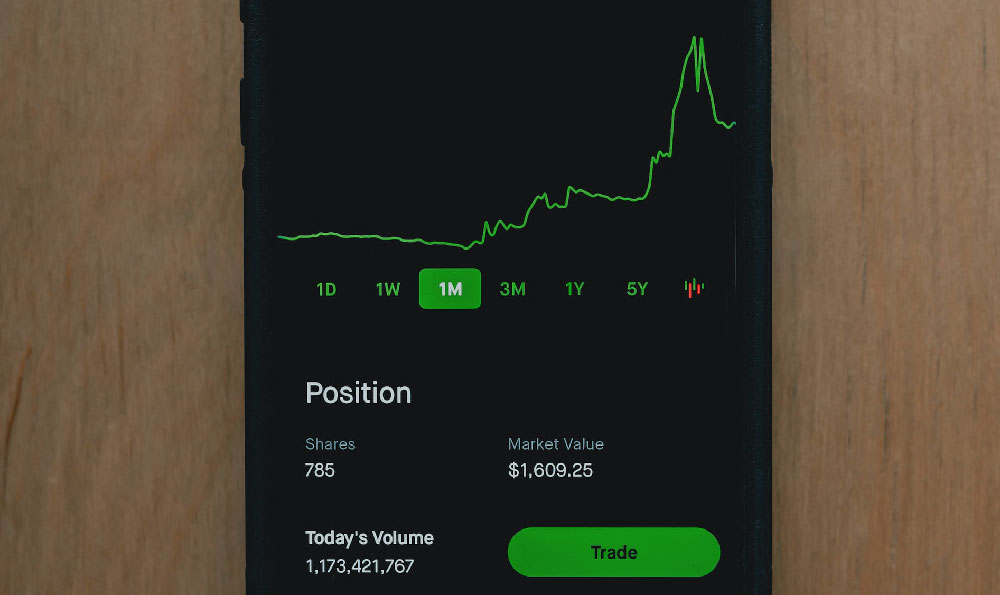Al Davis, a name synonymous with the Raiders, embodies a complex narrative of entrepreneurial vision, relentless ambition, and a dramatic financial trajectory. Understanding how he amassed his wealth and where it ultimately dissipated requires examining his career in professional football, his unique management style, and the challenges he faced in the later years of his life.
Davis's initial foray into football was not as a player, but as a coach. His intellectual approach to the game and his emphasis on speed and deep-threat offenses quickly distinguished him. However, it was his ascent to leadership roles, first as head coach and general manager of the Raiders, and then as a part-owner and eventually the controlling owner, that truly set the stage for his financial success.
His business acumen was characterized by an unconventional, often adversarial, approach. He understood the inherent value of the Raiders brand and relentlessly pursued opportunities to enhance its worth. One of his most significant early moves was challenging the NFL's established structure, particularly its restrictions on player movement. By aggressively signing players away from other teams, he not only strengthened the Raiders' roster but also contributed to the creation of free agency, ultimately revolutionizing the economics of professional football. This defiance, while controversial, positioned him as a pioneer and a champion of player rights, further enhancing the Raiders' rebellious image and solidifying its appeal to a broad fan base.

Furthermore, Davis was a master of marketing and branding. He meticulously crafted the Raiders' "image of defiance," cultivating a loyal following that transcended geographic boundaries. The team's silver and black colors, the pirate logo, and the "Just Win, Baby" mantra resonated deeply with fans who identified with the underdog spirit. This powerful brand allowed the Raiders to command premium prices for merchandise, tickets, and sponsorships, generating substantial revenue. Davis understood the importance of visibility and aggressively pursued national television deals, ensuring that the Raiders were consistently showcased on the biggest stages. These nationally televised games not only increased the team's exposure but also amplified its revenue streams through advertising and broadcast rights.
Davis also possessed a shrewd understanding of real estate and stadium economics. His relocation of the Raiders to Los Angeles in 1982, and then back to Oakland in 1995, were driven by financial considerations. He recognized the lucrative potential of playing in larger markets and consistently sought stadium deals that would maximize revenue generation. While these moves were often controversial and strained relationships with fans, they were undeniably effective in bolstering the team's financial standing, at least in the short term. Davis leveraged stadium negotiations to secure favorable lease agreements, public funding for stadium construction, and a larger share of revenue streams.
However, the later years of his ownership were marked by challenges that contributed to the decline in the team's value and, consequently, impacted his financial legacy. The Raiders' on-field performance suffered, leading to dwindling ticket sales and diminished brand appeal. Davis's reluctance to embrace modern football strategies and his insistence on retaining control over personnel decisions contributed to the team's struggles. His unwavering loyalty to certain players and coaches, even when their performance declined, often came at the expense of the team's success.
Furthermore, Davis faced increasing competition from other NFL teams and entertainment options. The rise of alternative media platforms and the proliferation of sports channels fragmented the viewership, making it more difficult for any single team to dominate the market. The Raiders also struggled to compete with the increasingly sophisticated marketing and branding efforts of other NFL teams, which eroded its competitive advantage.
Perhaps one of the most significant financial blows came from legal battles and protracted stadium negotiations. Lawsuits against the NFL, stemming from the Raiders' relocation to Los Angeles, consumed considerable time and resources. Furthermore, Davis's inability to secure a new stadium in Oakland led to increasing financial strain. The outdated Oakland Coliseum generated insufficient revenue to compete with newer, state-of-the-art stadiums, placing the Raiders at a significant disadvantage. The stadium issue ultimately played a pivotal role in the team's eventual relocation to Las Vegas after Davis's death.
In conclusion, Al Davis's fortune was built on a foundation of innovative management, aggressive marketing, and a relentless pursuit of financial opportunities. His ability to cultivate a powerful brand, challenge the NFL's established structure, and leverage stadium negotiations propelled him to considerable wealth. However, his later years were characterized by on-field struggles, increasing competition, and costly legal battles. His reluctance to adapt to changing market conditions and his inability to secure a new stadium ultimately contributed to the erosion of his financial legacy. While his impact on the Raiders and the NFL remains undeniable, his financial story serves as a cautionary tale about the importance of adapting to changing circumstances and the challenges of maintaining success in a highly competitive industry. While he left a legacy of rebellious innovation, the team's eventual move to Las Vegas, orchestrated after his passing, underscores the enduring challenges he faced in ensuring the Raiders' long-term financial viability. His story serves as a reminder that even the most astute business minds can be undone by changing times and unforeseen circumstances.











